Tongue-tie, also called ankyloglossia, is a condition sometimes present at birth that can have a negative impact on breastfeeding for both the infant and the mother.
Ideally, breastfeeding is painless and effective; babies grow and thrive and the mother produces plenty of milk without damage to her breasts. But babies who are born with tongue-tie can have trouble getting enough milk and can cause considerable pain for their mothers who sometimes also deal with low milk production.
Conversely, sometimes babies with tongue-tie cause no pain for the nursing mother because the latch is so weak. These babies can sometimes present with frequent choking, an inability to stay latched, or milk leaking from the mouth.
The issue of tongue-tie and breastfeeding is worth exploring for every mother-to-be. Often misunderstood, undiagnosed, and unnoticed, it is important that more health care practitioners and mothers understand the basics of tongue-tie and how it can impact breastfeeding.
 What is tongue-tie?
What is tongue-tie?
Tongue-tie or ankyloglossia is caused by an abnormal lingual frenulum (the tissue that ties the tongue to the floor of the mouth) that is too thick or tight (or both). Tongue-tie causes restriction of mobility of the tongue.
Some estimates are that tongue-tie only exists in about 4 or 5% of infants; however, it is difficult to determine exact numbers as there is controversy with how to properly diagnose it and even trained professionals can vary widely in their opinion.
Breastfeeding requires complex and organized movement of the tongue. This is why tongue-tie can cause significant problems with breastfeeding. When the tongue can’t move properly it may not be able to adequately remove milk from the breast. This can happen even if the nipple on the breast appears perfect and the lips appear flanged.
This video, while of a toddler with a partial tongue-tie, beautifully illustrates how well the tongue in the infant must move in order to properly nurse and get milk.
Causes of tongue-tie
As mentioned, a tongue-tie is caused by an abnormal frenulum. If you look in your mouth in the mirror and lift your tongue up as high as you can, you can see this small bit of skin. In a baby or adult with a tongue-tie this tissue is too thick or too tight.
It is not known exactly what causes tongue-tie although it does appear to be hereditary. There are some genetic disorders that can manifest with a tongue-tie but it can also appear in the general population. Often children with tongue-tie have parents who also had a tongue-tie, even if it was never diagnosed.
Signs of tongue-tie in a breastfeeding baby
How is a new mother to know if her baby has a tongue-tie?
Mellanie Sheppard, an IBCLC, Birth Boot Camp advisory member, and tongue-tie expert in her area explains:
“Tongue and lip tie can present in many different ways. Not every baby with tongue tie will have trouble gaining weight, though many do. Not every mom of a baby with tongue or lip tie will have pain while nursing, though many do. When deciding whether or not to have tongue or lip tie released, it is important to look at the big picture: not just how obvious the tongue-tie is but how well the tongue can function. and how well mom and baby are doing over-all.”
Tongue-ties vary fairly considerably in severity and manifestation. You may suspect tongue tie if your baby’s mouth appears tight, if the tongue cannot stick out to the lips, if the tongue itself is creased like a “v” because the frenulum is so tight.
Other signs of tongue-tie can be pain from nursing even when latch appears to be good or trouble with milk production or weight gain in the baby because the baby cannot effectively nurse.
It is important to take your baby to see someone well-versed in diagnosing tongue-tie. Resources vary from one area to the next as do professional opinions. One study found that pediatricians were less likely to diagnose a tongue-tie than a lactation consultant.
Ask your doula, midwife, OB, childbirth educator, pediatrician or whomever you trust to recommend an ENT or dentist to correct a tongue-tie. There are also many tongue-tie support groups on Facebook. Search for one particular to your area.
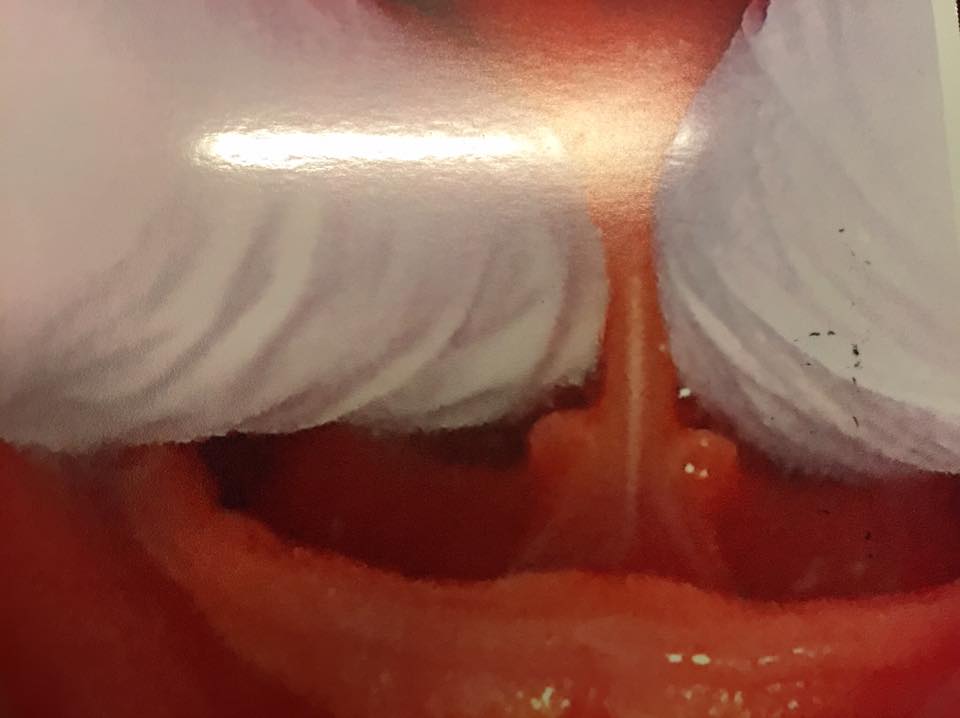
This shows a tongue tie. You can see how thick the frenulum is.
Tongue-Tie and misdiagnosis
Tongue-tie in infants is still misunderstood and misdiagnosed. Not all those who work with babies know how to properly diagnose a tongue-tie, making this issue even more difficult for parents. Dr. Ghaheri explains this well in this article about tongue-tie misdiagnosis.
While further research is needed, a proper understanding of the normal function of the tongue is necessary to properly diagnose tongue-tie.
Sometimes, a baby CAN extend their tongue but still has difficulty moving the tongue in other directions which can cause serious nursing problems. This is when tongue-tie is not always caught. Mellanie Sheppard, explains how this happens.
“I often have moms come to me after being told that baby doesn’t have a tongue-tie, or only has a minor tongue-tie because he can stick his tongue out. This shows a very poor understanding of how the tongue needs to move during breastfeeding and during talking, eating and swallowing. The ability to stick the tongue out is only one aspect of tongue function.
The tongue also needs to be able to freely move from side to side in the mouth, lift at the tip, lift at the back of the tongue, and move in a smooth wave from front to back.”
Taking a moment to consider how your own tongue works is helpful in understanding the complexity of movement required for proper function. Mellanie continues;
“Take a drink and focus on how your tongue moves while you swallow. Eat a bite of food and focus on what your tongue does as you chew and swallow. After you swallow, can your tongue move around in your mouth and touch all of your teeth to clean any food stuck in them? If the tongue is restricted by a tight or short frenulum, any or all of these functions can be more difficult.”
The subtleties of tongue-tie and the many different ways it can manifest and lack of detailed research of this condition help explain why misdiagnosis is prevalent.
Can other problems be caused by tongue-tie?
Tongue-tie can cause more than just feeding problems. Andrea, a mother of five and birth teacher in Cleburn, TX, noticed problems in many areas. “My last three babies each had ties I discovered and had corrected. Each had reflux symptoms, bad latches, pain during breastfeeding and sore/bleeding nipples.” Andrea noticed not just improvements in breastfeeding, but her babies were happier and no longer struggled with the pain of reflux after the tongue-tie was corrected.
On the other hand, tongue-tie can be present and cause no pain during breastfeeding. For these reasons, tongue-tie is sometimes left alone and not revised. This may be the best course of action, but it is also important to note that numerous other problems may manifest later.
If the tongue has greatly decreased mobility and cannot move freely up and down or side to side, it can lead to cavities because normal tongue movement helps clean the teeth of excess food after eating, as mentioned earlier.
Tongue-ties are also known to cause speech impediments because they can make it very difficult to form certain sounds, depending on the severity of the tie.
Other issues thought to be associated with untreated tongue-tie are feeding issues (ranging from mild pickiness due to being selective about textures to severe difficulty chewing and swallowing), TMJ, sleep apnea (in adults), snoring, abnormally shaped palate, digestive issues, recessed or narrow jaw, torticollis, and tension in neck and shoulder muscles. You can read more about possible consequences of untreated tongue-tie here.
Tongue-ties can be fixed
Should your baby have a tongue-tie, it can be fixed. The standard treatment for tongue-tie is a frenectomy.
Frenectomy
A frenectomy cuts the frenulum thus releasing the tongue to move in a normal manner. At least one study has found that frenectomy is more effective and faster than lactation help alone in addressing feeding problems.
Frenectomy is often done with a laser but can also be done with scissors or scalpel. Often dentists or ENTs perform this relatively quick and minor surgery which has been shown to frequently reduce pain for mothers.
Many practitioners stress that the frenectomy is only the beginning of fixing a tongue-tie. Parents will be given detailed instructions for exercises to ensure that the frenulum does not reattach.
Parents report that doing them is not fun- it often causes pain for the baby- but it is necessary.
Chiropractic
Some lactation consultants also recommend chiropractic or other skilled bodywork, such as craniosacral therapy, myofascial therapy or Osteopathic Manipulation in concert with the frenectomy to ensure that all issues with the baby be addressed. Search for a chiropractor who is trained in working with babies and in working with babies dealing with tongue tie.
There is sometimes tightness in other parts of the body, such as the neck, when a baby has a tongue-tie, so other modalities can be used in order to ensure a full return to normal and effective mouth function and thus breastfeeding.
Dr Kristen Hosaka, a chiropractor in Burleson, TX, notices huge changes in babies after a tongue-tie revision or frenectomy. She says, “I am amazed at the drastic changes in the tension levels of the baby’s body that take place after a revision. I often see drastic changes in torticollis, plagiocephaly (flat head) and breastfeeding after my patients have a revision.”
Working with a chiropractor, IBCLC, and your physician may be the best way help your baby overcome obstacles caused by tongue-tie.
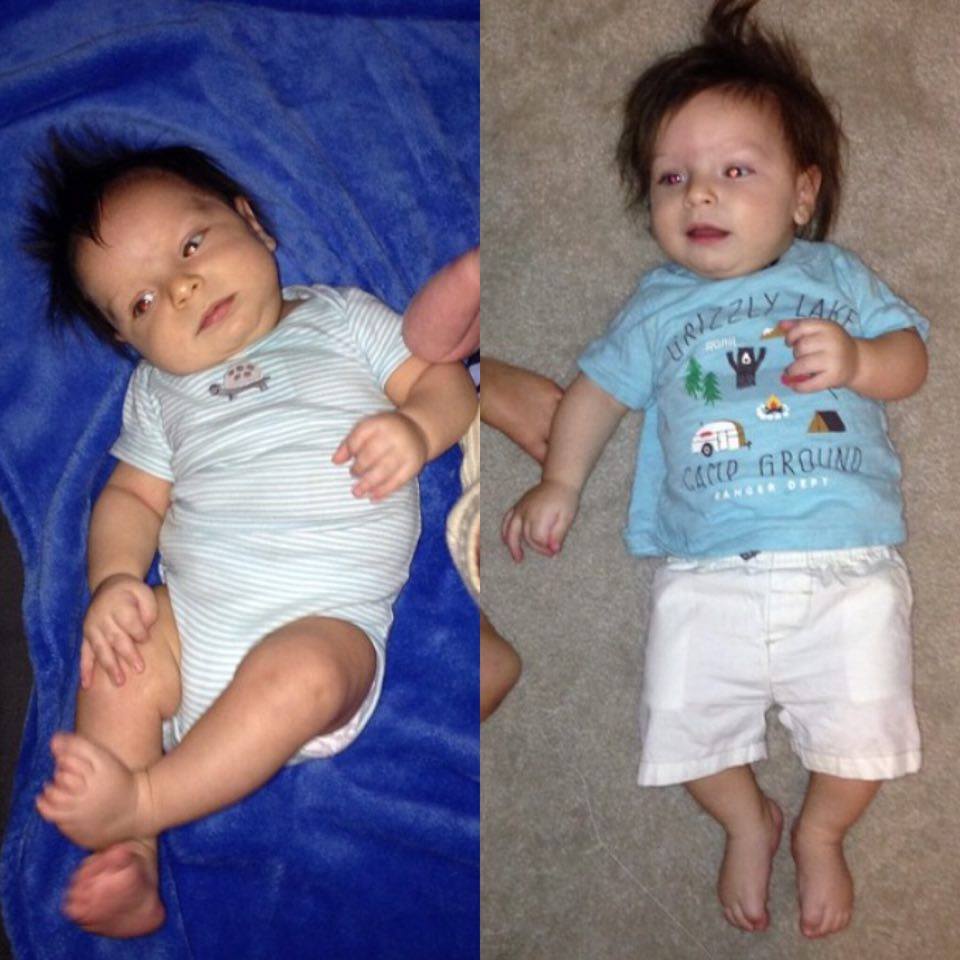
This picture shows a baby prior to frenotomy (left) and post (right). The time lapse is three weeks and the baby had only one session of bodywork in addition to the tongue-tie revision. This clearly shows the massive changes that can happen when a tongue-tie is corrected.
When frenectomy isn’t a quick fix
Some mothers report that after the frenectomy the change in their baby’s nursing patterns was immediate and obvious. The baby could obviously suck easier, remove milk efficiently, and was more relaxed at the breast and the mother herself had diminished pain.
This is not always the case, however. Revision of tongue-tie, especially if caught, later on, is not always an immediate cure. If the baby has been nursing ineffectively, they will have to re-learn how to properly move their tongue to nurse at the breast efficiently.
Mellanie Sheppard, IBCLC in Fort Worth, TX, addresses this truth about tongue-tie and frenectomy. “As with any surgery, there is a period of recovery and rehabilitation. How long this recovery and rehabilitation lasts depends on many factors, including how thin/tight/stretchy/fibrous the frenulum is; how old the baby is; what compensations baby has developed to deal with the restricted frenulum; and what, if any, complicating factors are also present (i.e., torticollis, hypotonia, low milk supply, severely damaged nipples, etc.) We have seen babies recover and nurse well within one week and we have also seen babies who take 1-2 months to work through the recovery and rehabilitation process.”
This is a learning process, and the longer the tie has been in place, the longer the baby has practiced nursing the wrong way.
This can be incredibly difficult because mom and baby just want nursing to be an easy, relaxed, and enjoyable relationship. Persistence does pay off and moms working through this are true champions.

This picture is of a lip tie. Sometimes a baby will have both tongue and lip ties which work together to make breastfeeding very difficult. Correction of the lip-tie is sometimes done at the same time as the frenotomy.
Women share their experiences with tongue-tie and breastfeeding
When we talk about any issue regarding babies, breastfeeding, and mothering, studies are helpful as are expert opinions. Some of the best experts in this area are mothers themselves who have dealt with tongue-tie.
Aimee Garcia, a doula in Hondo, TX had a baby with tongue-tie but no breastfeeding trouble. She choose not to revise and things are going great for them.
“My midwife pointed out the tongue tie after my daughter was born, and we talked about it with our pediatrician, but we kept breastfeeding and never had any latch issues, so we never got a revision. She’s six months old now and she’s still exclusively breastfed, so just because baby is diagnosed doesn’t mean it has to be an issue, but if it is, you have options! Make sure to visit with a lactation consultant because sometimes even pediatricians aren’t all that familiar with lip and tongue tie.”
Shazia Lackey, a nurse in Arlington, TX had two babies with tongue-tie. She explains her choice.
“I revised both of my son’s ties. It was totally worth it. It isn’t just a breastfeeding concern, but also can cause problems with sleep, speech, teeth, and so much more.”
Alyssa Densham, a Birth Boot Camp student in Virginia, tells her story. We love how it emphasizes the need to listen to your instincts as a new mom. She also points out how a network of support, from a great lactation consultant to a dentist and chiropractor, helped their breastfeeding relationship triumph over tongue-tie.
“When Keegan was two weeks old, he was nursing basically 24/7. I had been told by lactation consultants and my midwives that he had a “perfect” latch, and he was definitely gaining weight so no one seemed to think anything was wrong.
I was prepared for cluster feeding and I was prepared for it to feel like a newborn was feeding constantly to help drive up my supply, but something just didn’t feel right. Thanks to Birth Boot Camp, I knew what to do about that gut feeling and where to find the resources that I needed. I decided to attend a latch clinic just to double check.
I went fully expecting to be told that nothing was wrong, but Deirdre and Kara at For Babies’ Sake recognized tongue and lip ties and some sacral restrictions that were affecting our nursing relationship.
Deirdre directed me to an awesome resource and the next week I got an appointment to have his ties evaluated and revised by an awesome dentist in Oklahoma. The revision took about a minute, and I nursed him right after. The difference was immediately noticeable. I had way less pain and he was taking in way less air. Combining the revision with suck training and body work has been key to our success.
The revision is only 1/3 of the battle. After weekly body work sessions, we now only do maintenance sessions when his latch is wonky. Now, I spend a lot of time trying to help other moms trust their instincts and get to the resources they need. There are a lot of theories about ties (including people who think they’re not real) and I don’t subscribe to any single theory, but I know that the revision made an incredible difference for us. Navigating insurance and providers wasn’t easy, but it’s just so worth it.”
Hillary Stillwell, a birth doula in Midlothian, TX and VBAC mother of three tells of how she didn’t discover tongue tie until after a struggling nursing relationship with her first child. Hillary’s story shows the hereditary and long-term aspects of tongue-tie.
“All three of my children have had tongue ties. My first I did not know what ties were and we struggled through breast-feeding for lots of different reasons, but I do believe that that was one big reason.
My oldest also now has a speech impediment as well as having cavities despite detailed cleaning and brushing. We believe that we will have to revise his tie now that he’s almost five. We found out that he had a tongue tie when my daughter was born (he was two) and her tongue tie was diagnosed by Mellanie Sheppard.
My daughter actually had a tongue and lip tie, and they were so bad that it left me cracked and bleeding due to a bad latch. We chose to get hers revised around six weeks postpartum and I immediately had relief and comfort with nursing.
I also was healed from all the cracks and blisters within a week. My newest baby, we have discovered a lip and tongue tie as well. We revised the tongue only because the lip was stretchy enough that he could latch and causing no real problems.
His lip tie was so minor that we didn’t see the need to have it done. That decision was made between me and the dentist who does the procedures. We revised his tongue around 11 weeks postpartum and it did help with the latch a little bit, but we are having to figure out some other sucking mechanisms or training needs to be done.
I definitely recommend having it done early because I am dreading having to take my five-year-old to have his done. Also do the stretches!!! {Exercises to ensure that the tongue-tie does not re-attach} As much as it hurts the mommy heart early on, it pays off in the long run!
I also have a tongue tie and I had troubles nursing (my mom made it six days nursing me). I also had a speech impediment that I had to go to speech therapy for in elementary school that I was made fun of and bullied for the first 8 years of my life. I also have had numerous dental issues as a child as I could not move my tongue around well to move food or clear food off of my teeth.”

These three pictures show a lip tie, which sometimes accompanies a tongue-tie. In the first picture, the baby was 10 months old, and the lip tie was so thick it was preventing the teeth from growing in properly. The second picture is post revision and after finishing the exercises. You can see an obvious improvement. The third picture is more than a year later with the teeth fully grown in.
Kristina Seawell, a childbirth educator in North Carolina and mother of five shares her experience with two generations of tongue tie.
“Four of my five boys have had tongue and lip ties, plus my hubby. It’s much more far reaching than breastfeeding. My mother-in-law said my hubby never had breastfeeding issues but now he has issues as an adult.”
Andrea Brannock, a doula and childbirth educator in Grand Prairie, TX had many babies with tongue-ties and only discovered the cause of her breastfeeding issues with her third. She gives great advice from an experienced mother who has seen the difference between revision and not.
With the last two I didn’t wait as long to get their ties corrected and I’m so glad I didn’t. Nursing was so much better right from the beginning.
Seeing an IBCLC right away is so important. Save yourself time and energy and start there to have baby evaluated.
I only learned about tongue-ties because my midwife discovered and told me about my third baby’s tie. After that I learned what I could about them. That is why I knew and chose to get my last two babies revision done quickly.
Doing the exercises and such after a revision are a must. I did them with my third and her tie still reattached. It was super hard on us to have to do the revision again.”
The connection between tongue-tie and breastfeeding problems is an important one for mothers and babies and deserves more attention and research. We must share information about tongue-tie and breastfeeding so that more women and babies can benefit from quick and accurate diagnosis and treatment.
Additional tongue-tie resources
- Dr. Ghaheri, an MD in Portland, Oregon is a fabulous resource for tongue tie information.
- The website of Dr. Kotlow, DDS is another great resource for tongue tie and contains many helpful videos.
- This study shows that tongue-tie does cause trouble with breastfeeding.
- This article discusses the connection between low milk supply and tongue-tie
- This study discusses how tongue-tie greatly reduces breastfeeding rates.
- This review of the literature found that frenotomy generally helped with breastfeeding and resulted in few compilations.
- This Canadian review found frenectomy to be beneficial to breastfeeding.
We are so appreciative of all the mothers who shared their quotes and pictures of their children so that more can learn about tongue-tie and possible solutions. Special thanks to Mellanie Sheppard, IBCLC, and Kristen Hosaka, DC, for their contributions.


 What is tongue-tie?
What is tongue-tie?
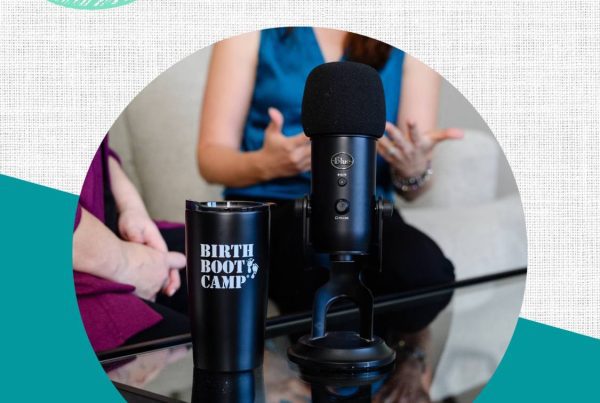

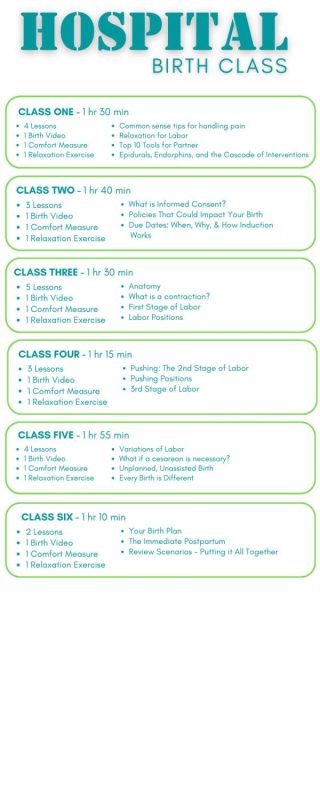
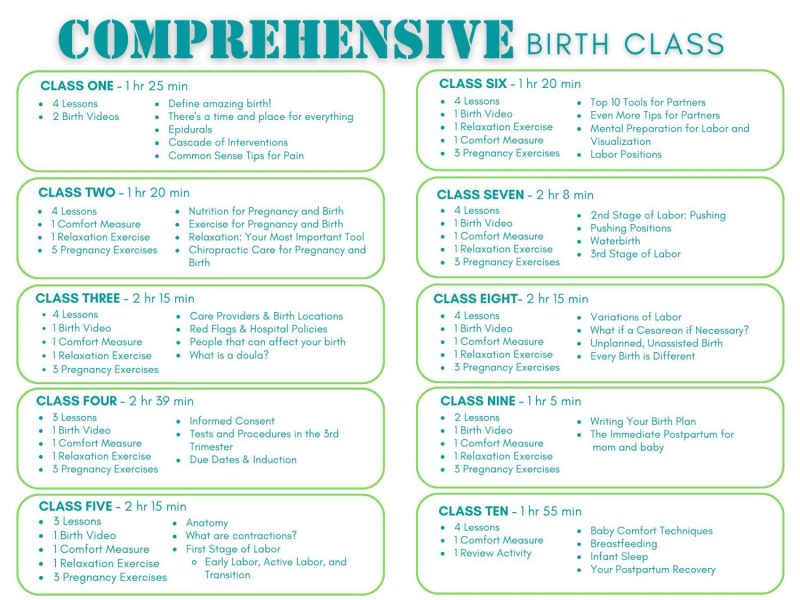


Great post–very well-rounded. The only thing I would add is that sometimes for babies with muscular or fascial tightness issues–especially common in babies with very quick or very prolonged births, Cesarean births, or births with physical interventions (such as forceps or vacuums)–those issues can sometimes appear like tongue tie until a baby has bodywork with a skilled, infant-certified practitioner. Afterward, the tongue may be free to elevate or extend without a frenotomy. So it can be worthwhile in some cases for parents to explore craniosacral massage or similar therapies before making the choice to do a revision.
Thank you for organizing the range of topics and resources for all to see and digest. This is exactly what I explain 4-5 times per day in my pediatric dental practice prior to my laser release procedures! Greatly appreciated! Robert Marcus, DDS
Why does this have to be the ONLY relaible source? Oh well, gj!
My third baby was tongue-tied. I couldn’t figure out why nursing her was so painful. Then I noticed when she stuck out her tongue, the tip of her tongue looked like the top of a heart. She was maybe 2 weeks old and I took her to a surgeon who looked at her, said yep, snipped the frenulum and that was it! She nursed immediately and never had another problem.